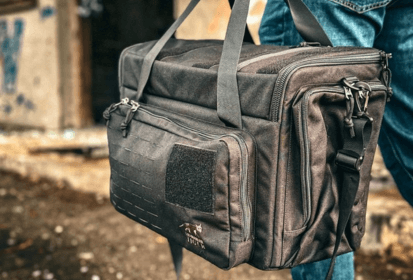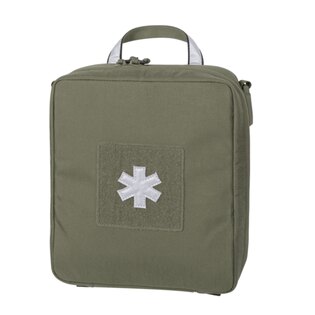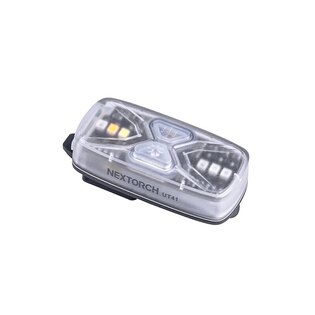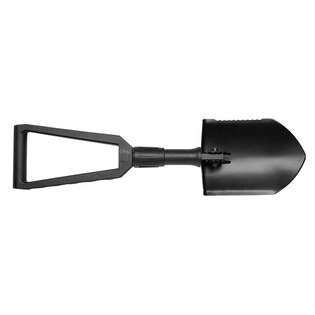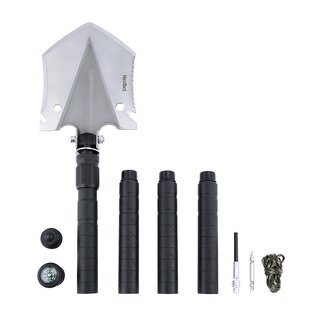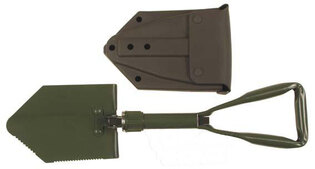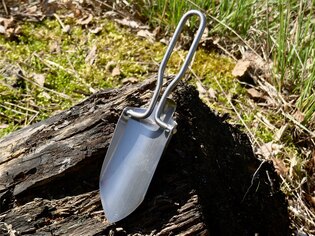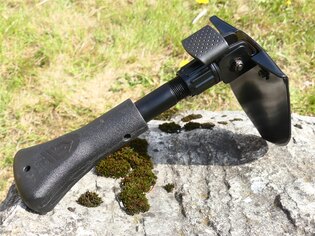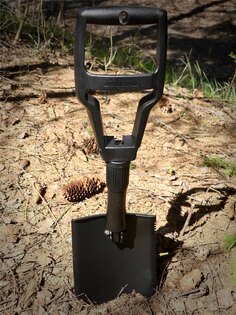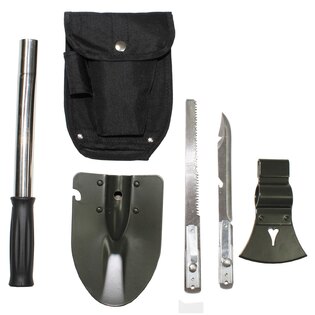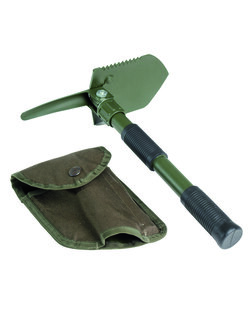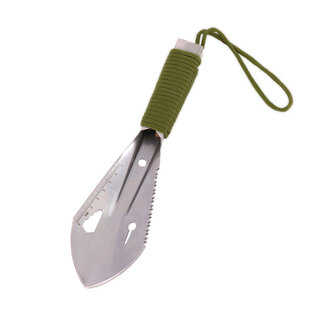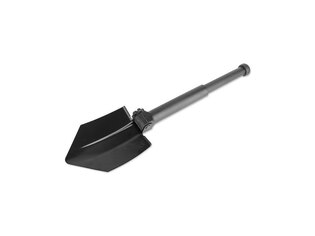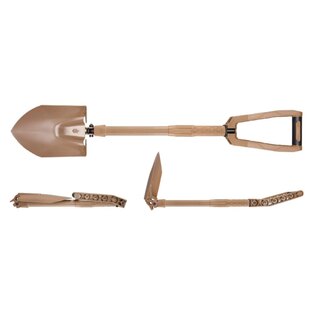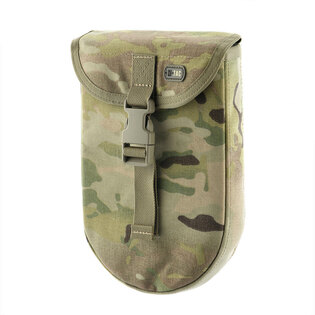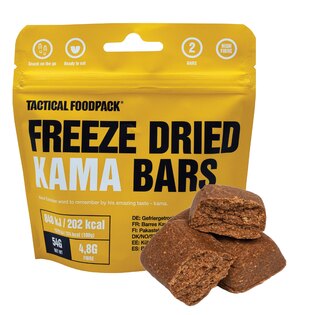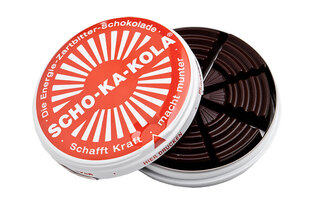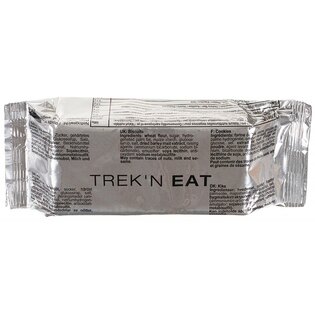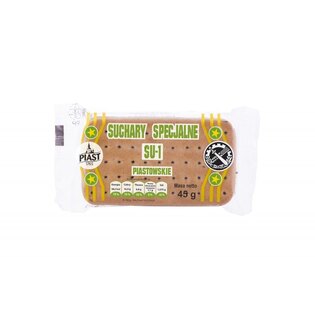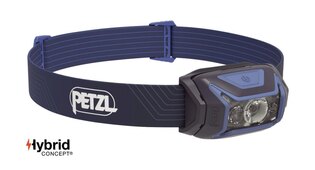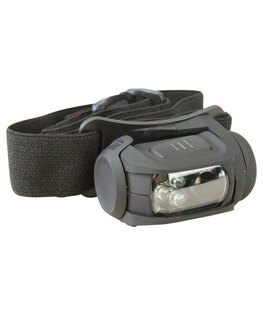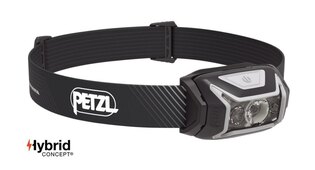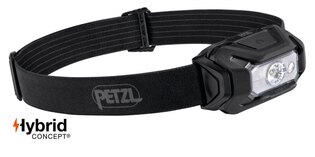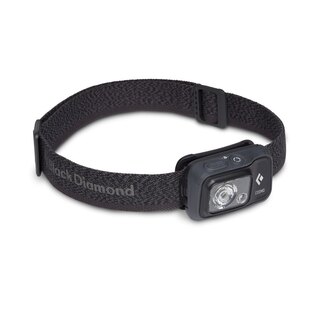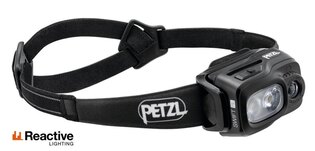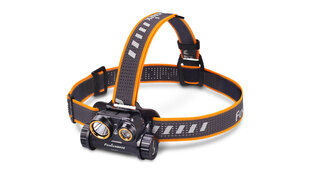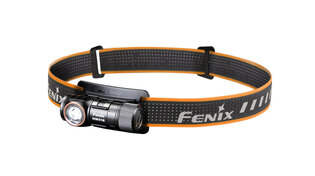What to Pack in Your Car for Winter 2025/26: A Practical Gear Guide
Winter places very different demands on both the car and its occupants compared to the rest of the year. It’s not just about snow chains and jumper cables — in practice, you’ll often appreciate gear that helps you stay warm, work in freezing temperatures or make waiting during delays much more comfortable. That’s why we’ve put together an overview of winter car equipment for the 2025/26 season that covers both the technical side and the comfort and safety of everyone in the car.
1) Mandatory Equipment (2025) – The Basics You Must Carry All Year
You’re required to carry mandatory equipment all year round, but it’s worth going through it carefully before winter. Some items have a limited service life, others can be hard to reach in freezing weather — especially if they end up buried under a pile of luggage.
First Aid Kit
The contents of a car first aid kit are defined by regulation and represent only the basics for the most common types of treatment.
Typically, you’ll find:
- various types of bandages,
- a roll of adhesive tape,
- a rubber tourniquet,
- latex gloves,
- an emergency (isothermal) blanket,
- medical scissors.
In real life, this is the bare minimum. Many of these items are made from cheap, brittle materials and are difficult to use — particularly in winter. It therefore makes sense to supplement the standard kit or replace it altogether with higher-quality medical gear that actually works in practice.
👉 Tip: We explain this in more detail in the article Why a Standard Car First Aid Kit Isn’t Enough — and How to Build a Functional One.
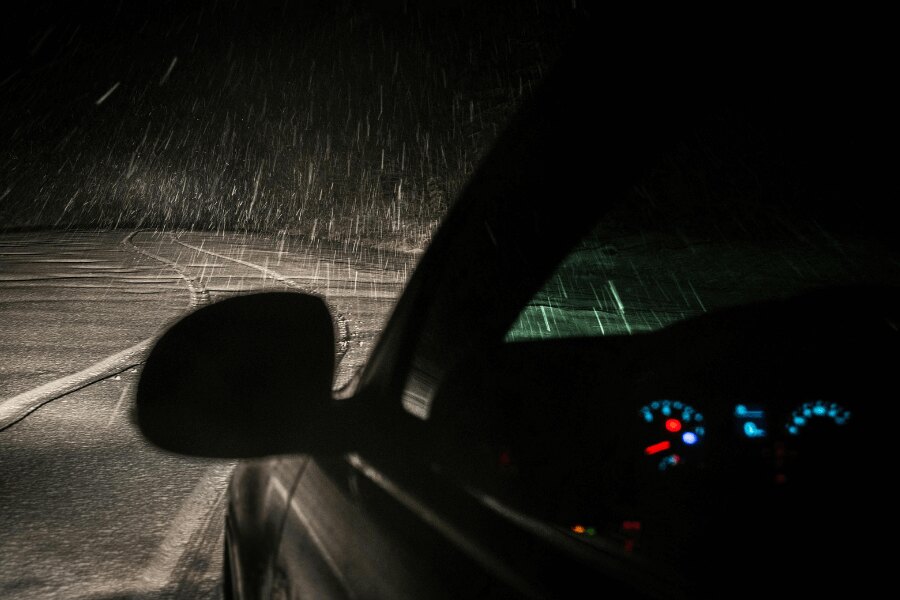
Freezing weather is approaching. Don't forget to pack crucial equipment in your car that will make handling emergency situations easier.
To make the kit genuinely useful in real-world conditions, we recommend adding:
- an extra pair of gloves (one pair tears easily or a second person may need to help),
- a spare emergency blanket,
- disinfectant,
- tweezers,
- a purpose-made tourniquet for severe bleeding.
Be careful with medication — due to temperature extremes in the car, it degrades quickly.
⚠️ Important: Always place the first aid kit where it’s easy to reach quickly. A kit buried under luggage can mean a dangerous and unnecessary loss of time.
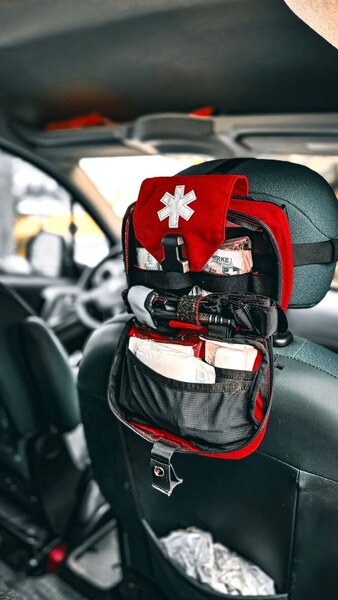
First aid kit Helikon-Tex in the car – well-organized medical equipment placed on the seat for quick access in case of accident or injury during winter driving.
Other Mandatory Items
- Warning triangle
- High-visibility vest for the driver (we recommend one for every passenger)
- Tyre repair kit or spare wheel
- Wheel wrench and jack
- Documents (driver’s licence, vehicle registration, proof of insurance / green card)
2) Recommended All-Year Equipment
In addition to the legally required kit, there’s gear you don’t have to carry, but which proves extremely useful on the road — especially in winter, when minor breakdowns, flat batteries or short roadside stops are more likely. These are items that help you resolve common technical problems quickly and save both time and stress.
- Fire extinguisher (mandatory in some EU countries)
- Tow rope
- Jumper cables or a jump starter (booster pack)
- Quality multitool with a seatbelt cutter or
- Seatbelt-cutting knife
- Headlamp (ideally with a red emergency mode)
- European Accident Statement / accident report form
👉 Tip for the 2025/26 season:
You can complement the classic warning triangle with a compact signal light such as the UT41 NexTorch®. It remains highly visible even in heavy snowfall, offers several warning modes and, thanks to USB-C charging, doesn’t take up much space or require spare batteries.
3) Special Winter Equipment for the 2025/26 Season
Winter conditions can significantly prolong even a short journey. A few centimetres of snow, compacted ice or an accident in front of you — and suddenly you’re stationary much longer than you expected. This is exactly when it shows whether you have gear that really makes a difference.
Snow Chains
In mountainous areas, snow chains are often mandatory — and it’s far from a mere formality. They help maintain vehicle control where winter tyres alone are no longer enough.
- Fit them wherever the road sign requires it,
- use them on sections with a continuous layer of snow or ice,
- remove them only after you pass the sign marking the end of the snow chain requirement.
Textile snow socks can be useful as an emergency solution or backup, but they do not fully replace the performance of classic metal chains.
Folding Shovel
If you get stuck or need to clear access to the tyres, a small shovel can be the difference between driving away in a few minutes and being stuck on the spot for much longer than necessary.
It also pays to pack:
- a small bag of sand or grit for traction,
- sturdy rubber floor mats,
- a few branches or boards as improvised traction aids under the wheels.
Headlamp
For dealing with any problem in winter, a headlamp is far better than your phone:
- it frees both hands for recovery work or fitting chains,
- it doesn’t shut down as quickly in freezing temperatures,
- it can be used to signal the presence of your vehicle from a greater distance.
For emergencies, a red light mode is especially useful.
Charger and Cables
In winter, batteries lose capacity faster than you’d expect. Your phone may be your light, navigation device and communication tool all in one — so its battery life is critical.
It’s worth having:
- a 12V car charger (ideally with fast-charging support),
- a quality USB-C cable,
- a small power bank stored permanently in the car.
Gloves
In winter, the problem is not just cold, but also moisture. Work gloves provide a much better grip when fitting chains or digging out the car, protect your hands from ice and don’t soak through as easily as knitted gloves.
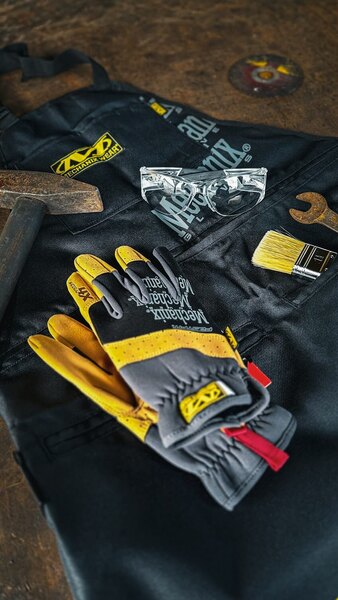
Mechanix Wear work gloves - reliable for mounting snow chains, recovery, and other tasks where there is a risk of cold, moisture, and loss of grip in winter.
Ice Scraper and Brush
Absolute essentials that you should always have within easy reach — ideally outside the boot, so you can access them before clearing the car. A good ice scraper and snow brush are virtually everyday tools in winter.
Other Small Items You’ll Appreciate in Real Life
Small details that often determine how comfortably you manage the situation:
- chemical hand warmers – work even in severe frost,
- de-icer for locks and windows,
- a spare emergency (isothermal) blanket – extremely versatile and compact.
👉 We go into more detail in the article Emergency Blankets: 10 Uses You May Not Have Known About.
4) Gear for the Crew – Warmth, Comfort, Energy
When you’re stuck somewhere for longer, the car alone won’t solve everything. In winter, it’s crucial to take care of the people in the vehicle — not only for comfort, but primarily to maintain body temperature and energy levels. A few lightweight, compact items can significantly improve the experience both inside and outside the car.
🔵 We recommend packing:
- an extra layer of clothing for each occupant (ideally a sweatshirt or fleece jacket),
- blankets or sleeping bags that keep you warm even with the heating turned off,
- non-perishable food – energy bars, biscuits, packaged bakery products,
- drinking water (at least a one-litre bottle stored so it doesn’t freeze),
- a small thermos with tea or another hot drink, if you can bring one.
🔵 Tips for families with children:
Children lose thermal comfort more quickly and long waiting times can exhaust them both physically and mentally. It’s worth having a small “kids’ pack” that takes up minimal space but keeps them calm and warm:
- warm socks or a small neck warmer,
- something sweet for a quick energy and mood boost,
- a small game, notebook or book to help pass the time.
5) What to Do If You Get Stuck in a Winter Traffic Jam
Being stuck in a traffic jam is a typical winter scenario — you’re not in immediate danger, but you need to manage heat, energy and visibility sensibly. The following steps have the biggest impact.
✅ Alternate Heating and Ventilation
Don’t leave the engine running continuously. If the exhaust is covered with snow or the car isn’t in a well-ventilated area, the risk of carbon monoxide build-up increases.
A practical approach:
- heat the car for 10–15 minutes,
- switch off the engine,
- briefly ventilate (even slightly opening a window is enough).
This way you maintain warmth and safety while conserving fuel.
✅ Save Your Car Battery and Phone Battery
Electronics drain faster in cold weather and long waiting times can deplete them right when you need them most.
- switch your phone to power-saving mode,
- turn off navigation and apps that aren’t essential,
- limit unnecessary calls and mobile data,
- use only basic functions.
Having a small power bank in the car is a huge advantage in these situations.
✅ Keep the Heat Inside the Car
Heat from the engine is only part of the solution. You can reinforce it with a few simple physical measures:
- use an emergency blanket to retain body heat,
- cover your shoulders and knees (you lose a lot of heat from above and from the legs),
- move gently – even light movement improves thermal comfort without exhausting you.
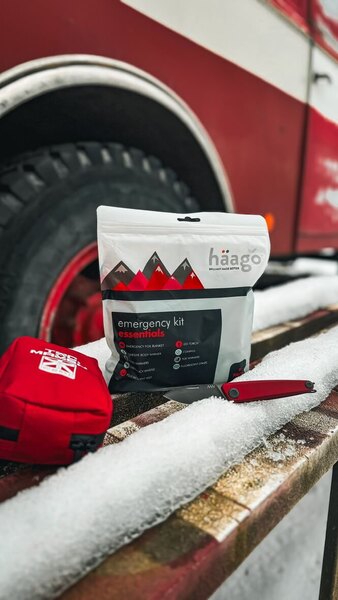
Winter emergency set Haago – contains a thermal blanket, warmers, and other basic equipment suitable for a car in case of being stuck in snow or waiting in a traffic jam.
✅ Make Yourself Visible
In heavy snowfall, fog or when stopped at the roadside, visibility is crucial.
- place the warning triangle at a sufficient distance,
- turn on hazard lights,
- if needed, use an LED warning light or a headlamp with red mode.
Visibility matters not only at night — during the day, snowfall can be so intense that other drivers may see you at the last moment.
Conclusion: Being Prepared for Winter Greatly Improves Safety and Comfort
In our conditions, it’s rare to be stranded for days in a remote area — but winter weather can still bring traffic to a standstill just a few kilometres from home. A well-thought-out winter car kit and a few practical items for the crew have a major impact on comfort, safety and how smoothly you get through such situations.
With just a handful of compact extras, you can handle most winter inconveniences without unnecessary stress.
Preparing for winter doesn’t have to be complicated — but it always pays off.
Readers are further interested
